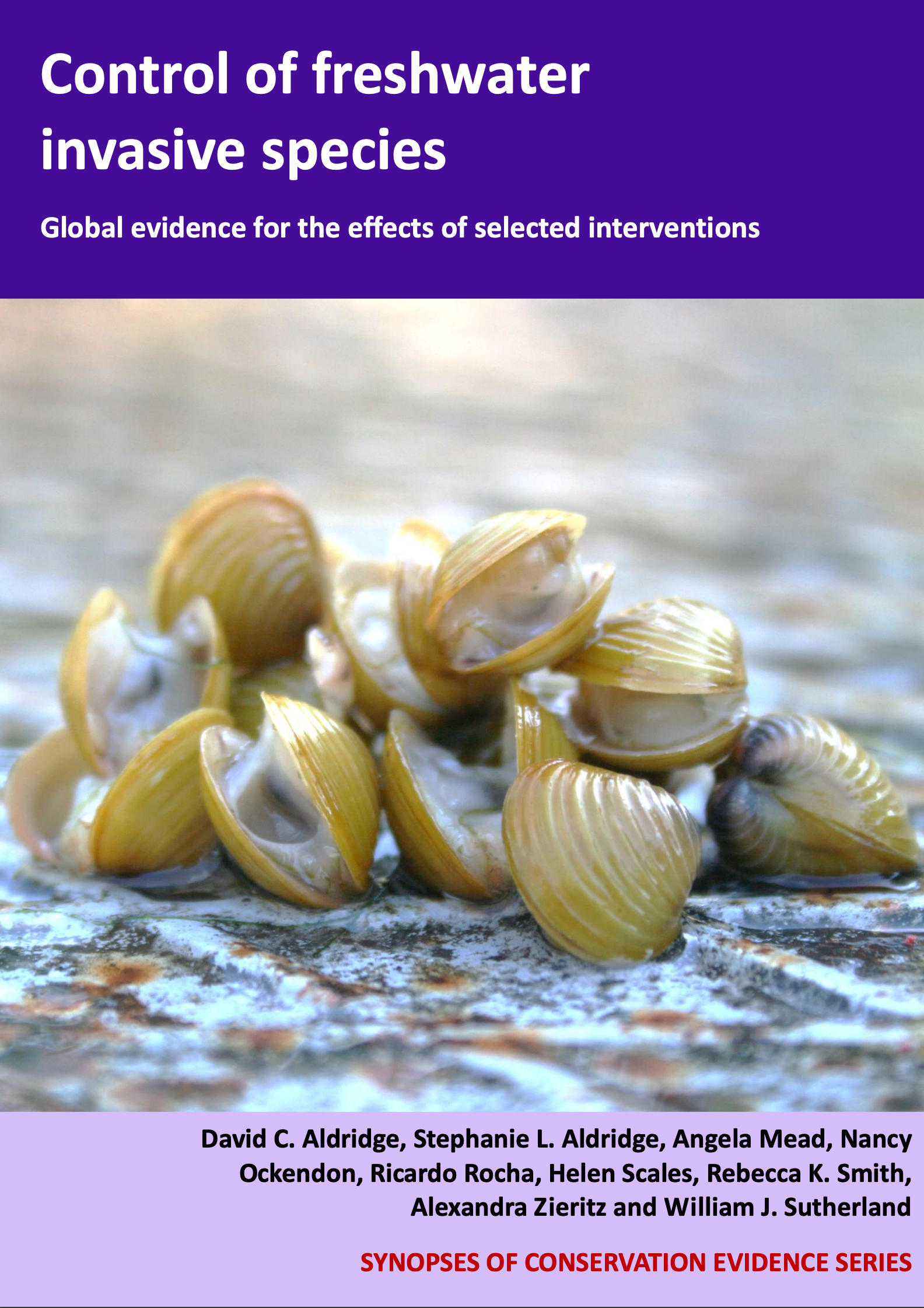American bullfrog control: Application of a biocide
-
Overall effectiveness category Unknown effectiveness (limited evidence)
-
Number of studies: 1
View assessment score
Hide assessment score
How is the evidence assessed?
-
Effectiveness
50% -
Certainty
20% -
Harms
0%
Supporting evidence from individual studies
A replicated, controlled laboratory study from 2008 to 2009 at the University of California, USA (Snow & Witmer 2010) reported that a number of chemicals killed American bullfrog. Caffeine (10% solution), chloroxylenol (5% solution), and a combined treatment of Permethrin (4.6% solution) and Rotenone (1% solution) each achieved 100% mortality. Dosed on their own, Permethrin (4.6% solution) and Rotenone (1% solution) each achieved 40% mortality. In the trial, approximately 4 ml of treatment solution was sprayed on the entire dorsal surface of randomly-selected groups of bullfrogs using a handheld plastic spray bottle. There were five bullfrogs in each group. Water was used as the solvent for all materials. To improve solubility, a small amount of sodium benzoate was added to the caffeine solution, and a small amount of alcohol was added to the chloroxylenol solution.
Study and other actions tested
Where has this evidence come from?
List of journals searched by synopsis
All the journals searched for all synopses
This Action forms part of the Action Synopsis:
Control of Freshwater Invasive Species
Control of Freshwater Invasive Species - Published 2017
Control of Freshwater Invasive Species Synopsis





)_2023.JPG)














